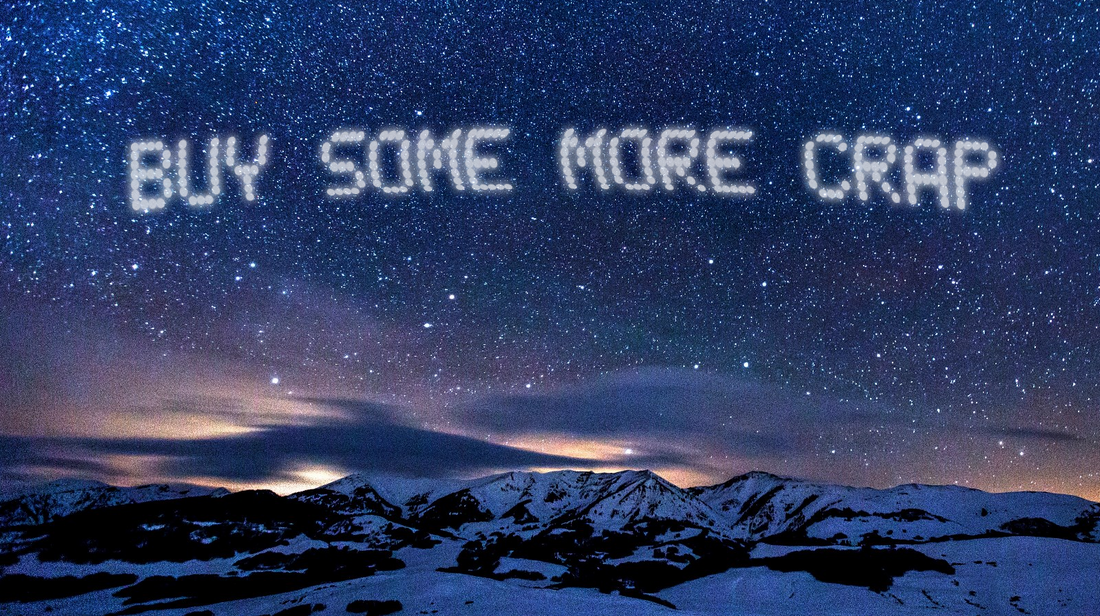
Space Billboards: Yea or Nay?
Share
Earlier this year, the Russian startup "StartRocket" revealed plans for up to 300 satellites to orbit the Earth displaying luminous logos in the sky.
The satellites use reflective sails that unfurl for up to 6 minutes at a time and display the intended message to people on the ground.
Their first test of the technology was a success, thanks in part to Skolkovo Institute of Science and Technology, established in 2011 in collaboration with MIT.
The only missing piece is millions of dollars in investment needed by October this year, as each satellite has a price tag of around $35,810,875.00 AUD or $315,139,000.00 AUD for the entire project.

The idea of space billboards has been put forward in the past however the means to do so are only now becoming closer to making the concept a reality.
The project has its detractors that believe the visibility will still be an issue.
Daniel Batchelor, head of Florida Tech's Aerospace department, believes that the satellites will be as visible as the ISS is from Earth, that is seen by only a few people for a few minutes every few weeks at night, given it isn't cloudy.
Keeping in mind the ISS is also the size of a football field.
Batchelor also went so far as to say "We do not allow advertising in national parks so as to protect their natural wonder, the same should be said of space...".
We agree.
StartRocket have some fairly concerning marketing tactics, such as the one below...

StartRocket’s CEO, Vladilen Sitnikov, replied to the criticisms of their venture saying "... sceptics who doubt that our project is possible to realize, we will answer them later, when our first image — the peace sign — will appear in the sky. It will happen in 2021.”
StartRocket has provided their fee structure with basic advertising starting at $286,520.00 AUD.
To capture a larger audience, say global, the fees have been estimated as high as $93,000,000+.
Pepsi has already shown interest as one of the first serious participants to a space billboard.
The United States met the introduction of the space advertising concept with a hastily drawn up code of conduct stating the prohibition of “advertising in outer space that is capable of being recognized by a human being on the surface of the Earth,”.

In response to this, StartRocket are citing Article 1 of the U.N. Outer Space Treaty that stipulates the freedom for exploration and use of outer space for peaceful purposes.
Hence the first image conveniently being a peace sign...
With singular promotional events such as the Red Bull space skydive, Pizza Hutt delivering pizza to the ISS, and Elon Musk's cherry red Tesla all gathering rave attention online, are space billboards the next step?
“What happens when the next hypothetical cryptocurrency billionaire decides to launch his 23-story Hello Kitty rocket into orbit? What if the rocket were a 23-story giant Twinkie?” - Steven Mirmina, a professor of space law at Georgetown University Law Center and a senior attorney at NASA




